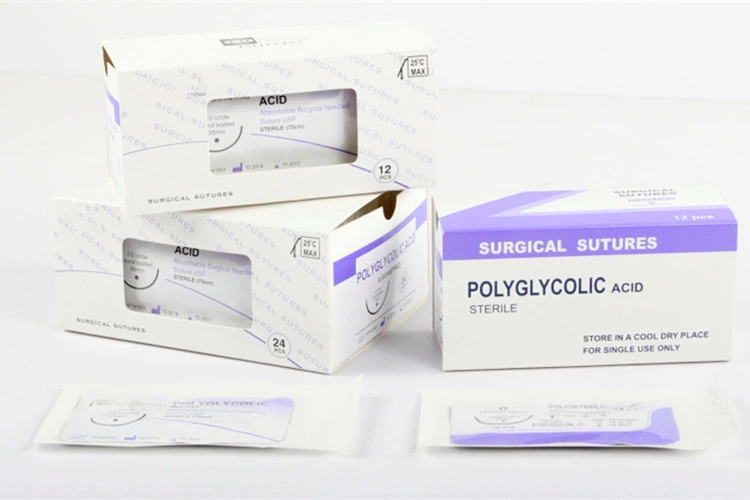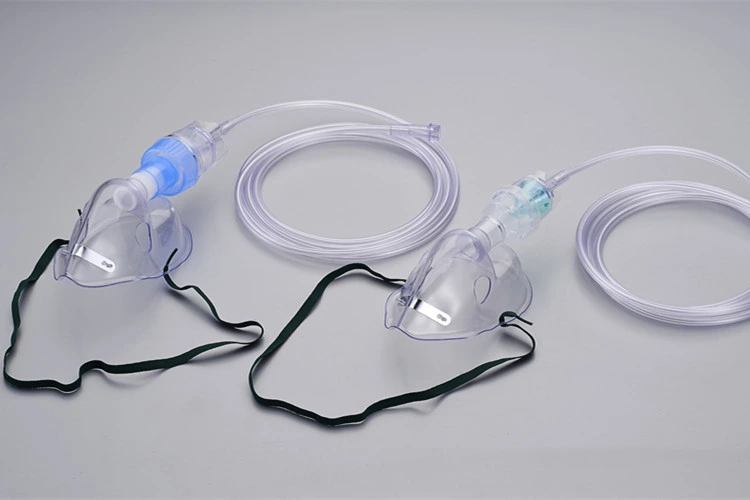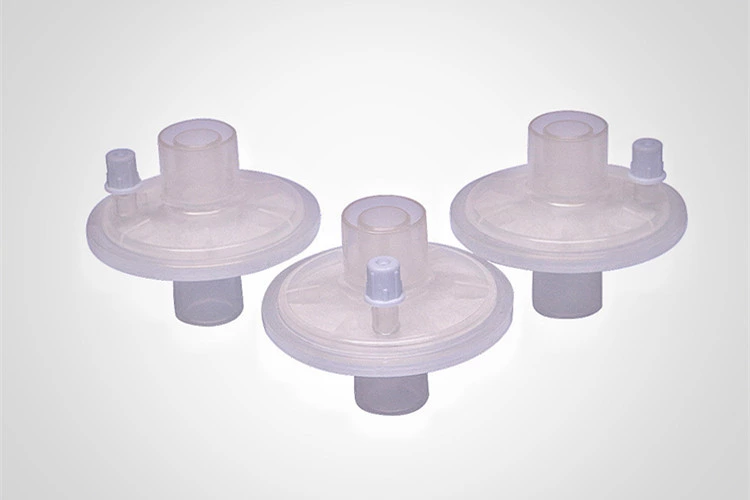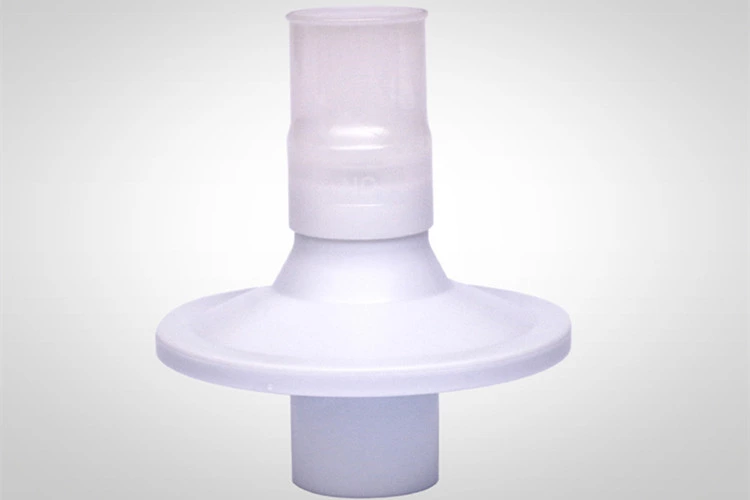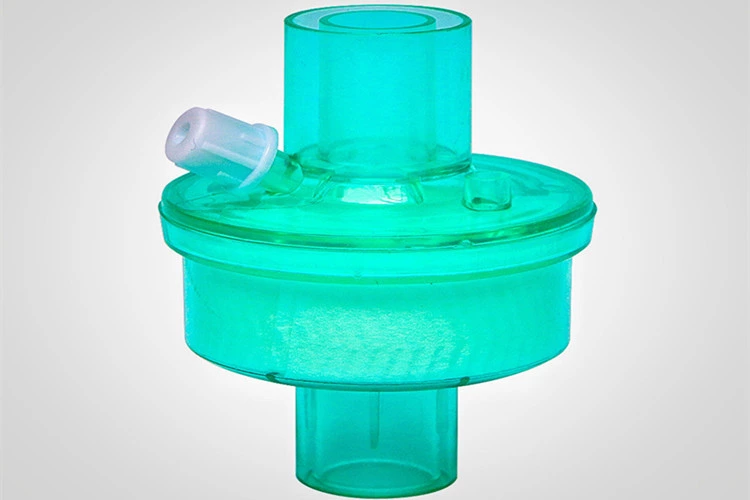PGA Surgical Suture
Our absorbable surgical suture-PGA is a kind of combination, made of surgical needle and absorbable surgical thread -PGA attaching by a special device. Our company changed the traditional processing technique of slotting channel on the needle body to attach, adopted drilled end needle and special molds to attach needle and tread to guarantee the consistency of needle hole diameter and matching accuracy of surgical needle and thread, thus making the connecting joint more smoothly. After special processing, the body of surgical thread becomes soft and smooth, the drag force during the tissue suturing will be lower. It reduce the patients’ suffering, accelerate the tissue to heal. Knotting will be convenient and fasten, doctors operate more convenient during the clinical surgery
Indications
The suture is indicated for use in soft tissue approximation and/or ligation but not for use in cardiovascular tissue and neurological tissue.
Action
A slight tissue inflammation may occur when PGA Sutures are placed in tissue, which is characteristic of foreign body response followed by gradual encapsulation by connective tissue.
PGA Sutures have a high initial tensile strength. 70% of the original tensile strength is retained upto 14 days after surgery, 50% of the original tensile strength is retained at the end of three weeks post implantation.
Absorption of PGA suture is minimal upto 10% in two weeks, and absorption is essentially complete between 60 and 90 days.
Adverse Reactions
Adverse effects associated with use of PGA include allergic response in certain patients, transient local irritation at the wound site, transient inflammatory foreign body response, erythema and induration during the absorption process of subcuticular sutures.
Contraindications
The sutures should not be used :
1. Where extended approximation is necessary more than six weeks.
2. In cardiovascular and neurological tissues .
3. In patients who are allergic to its components.

